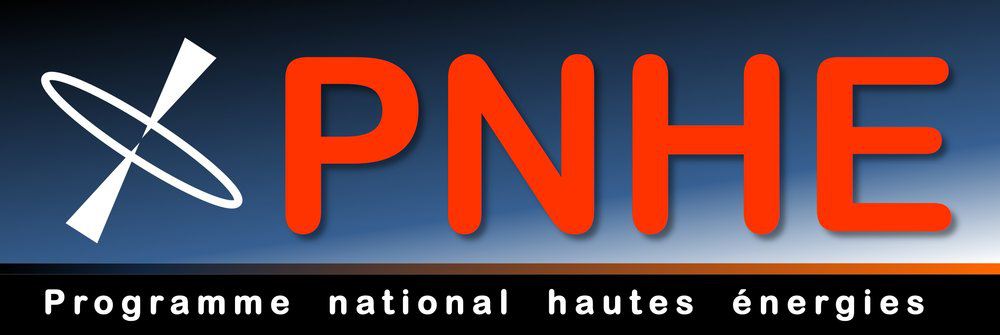Orateur
Description
The first detection of gravitational waves (GWs) from a binary neutron
star merger (GW170817) by the LIGO-Virgo collaboration together with
an electromagnetic counterpart has brilliantly given birth to
multi-messenger astronomy. In the coming years, the GW detector
network sensitivity will be further increased making this rapidly
evolving new astronomy challenge our understanding of hot and dense
nuclear matter in neutron stars and the structure of these compact
stars themselves. In addition to binary mergers, future
multi-messenger observations include the possibility of a galactic
core-collapse supernova, where the GW and neutrino signal carry among
others the imprint of dense matter properties. A complete
understanding of these exciting observations will be achieved only
once they can be modeled successfully. Many questions still remain
open, among others on microphysics properties (equation of state,
transport coefficients, neutrino reaction rates), or the influence of
the magnetic field. In this talk I will concentrate on microphysics
and present some examples of recent advances in the modeling and the
resulting consequences for compact star physics.

